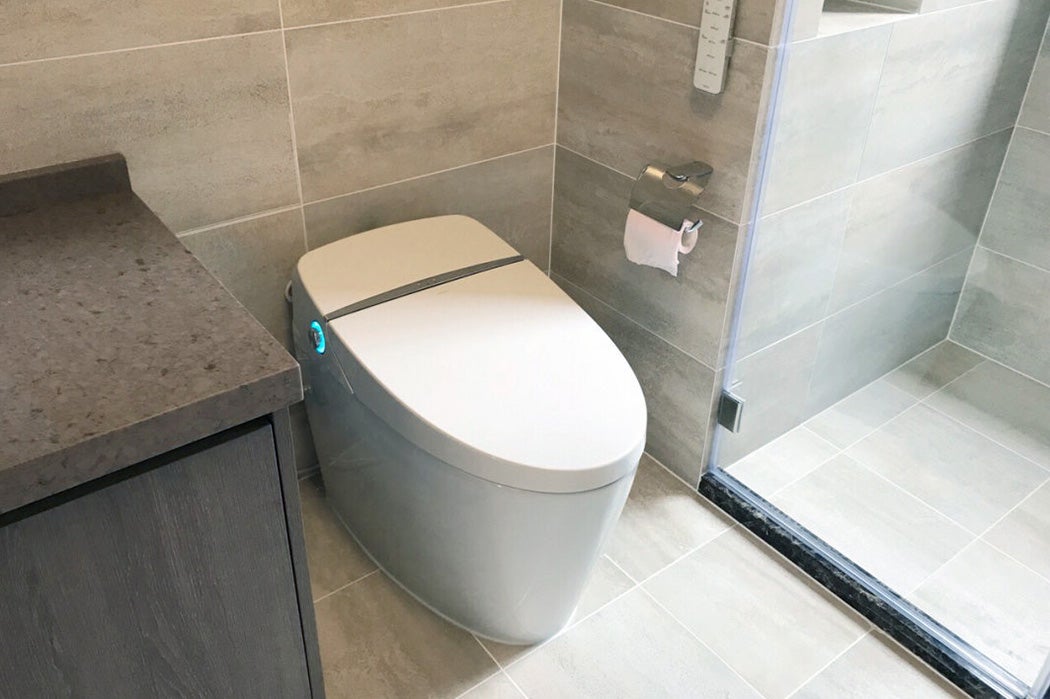On first read, “smart toilet” may sound oxymoronic, but with the advent of receptacles that can play music, warm their seats, double as bidets, and even adjust themselves for elderly and disabled users, an argument can be made that these toilets are smarter than their forebears (a hole, a hole with a seat, and so on). Now, researchers at the University of Wisconsin-Madison are envisioning a toilet that can analyze urine for indicators of disease (such as blood, protein, or metabolites), connect to the internet, and send the information to your phone or your doctor.
Urinalysis for diagnostic purposes is, of course, nothing new—Babylonian, Sumerian, and Sanskrit sources refer to characteristics of patient urine, including a sweetness in some samples that attracted ants (which would be indicative of diabetes mellitus). The twelfth century saw the introduction of the matula, a piece of glassware for patient samples, which could be held up to a light source for examination and comparison with charts of color and cloudiness. As time passed, the reliance on urine as a predictor of health and illness became a tool of quacks, witch-hunters, and “uromancers” who would divine the future from the liquid.
In their Nature Digital Medicine paper, the UW-Madison authors are upfront about the many obstacles between now and getting a text from your bathroom about how dehydrated you are: the size and expense of analytic equipment, the size and expense of the toilet incorporating such equipment, and the ethical and privacy concerns attached to one’s health information. If your workplace has these toilets installed, do you have to use them? Who owns the information? Can an employer use it for hiring or termination?
Weekly Newsletter
In conversations about technologically advanced toilets, one may forget that approximately 2 billion people don’t have access to even the basic models. A joint project of the European Space Agency and the Toilet Board is trying to help by bringing buses with toilets to Pune, India, a country where poor toilet access and sanitation leads to the deaths of about 300 children under age 5 every day, according to the World Health Organization.
But this isn’t just about access to facilities. The toilets they brought? They’re smart, fitted with sensors to detect diseases, so that (anonymized) data can be collected and used for research purposes. As with lunches, there’s no such thing as a free toilet.
Support JSTOR Daily! Join our new membership program on Patreon today.







